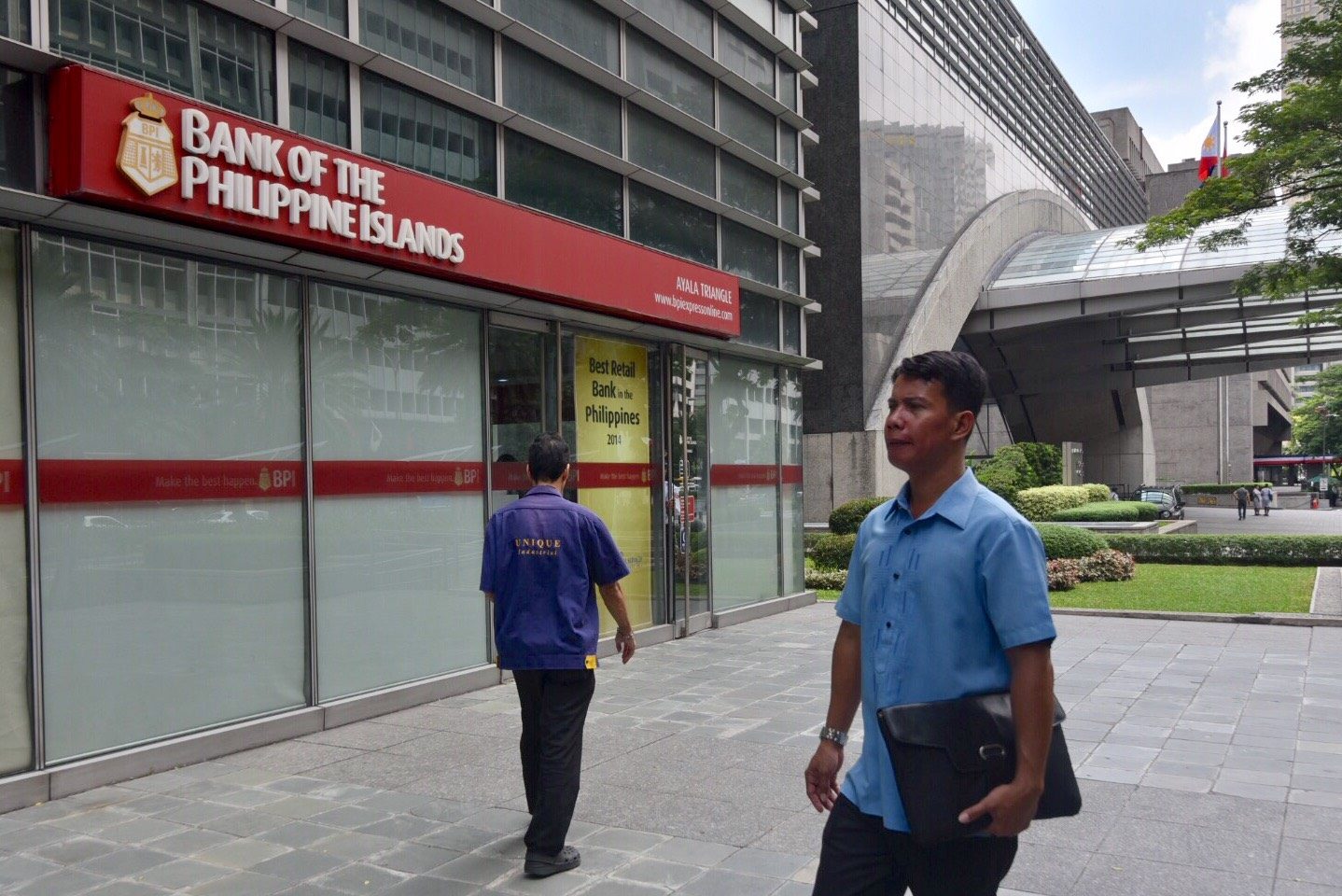SUMMARY
This is AI generated summarization, which may have errors. For context, always refer to the full article.

MANILA, Philippines – The Bank of the Philippine Islands (BPI) expects to benefit from the country’s sustained economic growth, higher interest rates, lower reserve requirement ratio, the tax reform law, and the government’s massive infrastructure buildup.
BPI president and chief executive officer Cezar Consing said his bank plans to allocate P50 billion from its stock rights offering to accelerate the growth of small and medium enterprises (SMEs), boost digitalization efforts, enhance deposit franchise and delivery infrastructure, as well as improve its microfinance business.
These measures would help the listed lender expand its footprint and improve market share in the coming years, Consing said in a press conference after their stockholders’ meeting. (READ: BPI debuts ‘fresh, bright’ design for branches)
“Interest rates are trending up and this tends to help banks. As long as they do not trend up too high, the ability of banks to reprice their assets certainly helps their bottom line. If they get too high, then you are going to see loan losses,” Consing said.
The Bangko Sentral ng Pilipinas (BSP) Monetary Board is seen to raise interest rates in May amid rising inflationary pressures. The consumer price index (CPI) had increased to 4.3% in March, from 3.8% in February, weighed by the impact of the implementation of the Tax Reform for Acceleration and Inclusion (TRAIN) law.
The BSP is targeting an inflation rate of 2% to 4% between 2018 and 2020.
The Philippines’ strong economic growth paired with a benign inflation environment has allowed the central bank to maintain an adaptive stance over the past 3 years.
“The potential for higher interest rates, the potential for maybe lower reserve requirements, and the potential for continued growth are all good things for banks,” Consing said.
BPI saw its net income inch up by 1.7% to P22.4 billion in 2017, from P22.1 billion in 2016, after the bank’s revenues increased by 6.7% from a year-ago level of P66.6 billion.
“We see that still sustaining the growth momentum that we saw in 2017. For loans and deposits, we are looking at mid-teens in terms of growth and a lot of that growth while our corporate book still accounts for a very significant portion of our asset base,” BPI chief finance officer Maria Theresa Marcial Javier said.
Menawhile, Consing said BPI is set to beef up its SME, retail, and microfinance businesses, which account for only 20% of its loan book, while corporate accounts corner a huge 80%.
About 4 to 5 years from now, the BPI president said he expects to raise the share of SME, retail, and microfinance loans to 35%, and reduce the share of corporate loans to 65%.
In an effort to achieve this goal, BPI plans to boost its digitalization efforts to double the number of 2.5 million active mobile application users and 3 million active BPI Express Online users.
The bank has 8.5 million active deposit accounts.
Consing said the higher disposal income of Filipinos as a result of the lower personal income tax under the TRAIN law as well as the government’s Build, Build, Build program – where the government intends to spend P8.4 trillion for infrastructure projects until 2022 – would benefit BPI. – Rappler.com
Add a comment
How does this make you feel?
There are no comments yet. Add your comment to start the conversation.